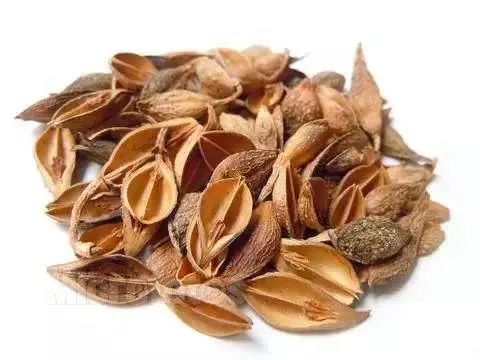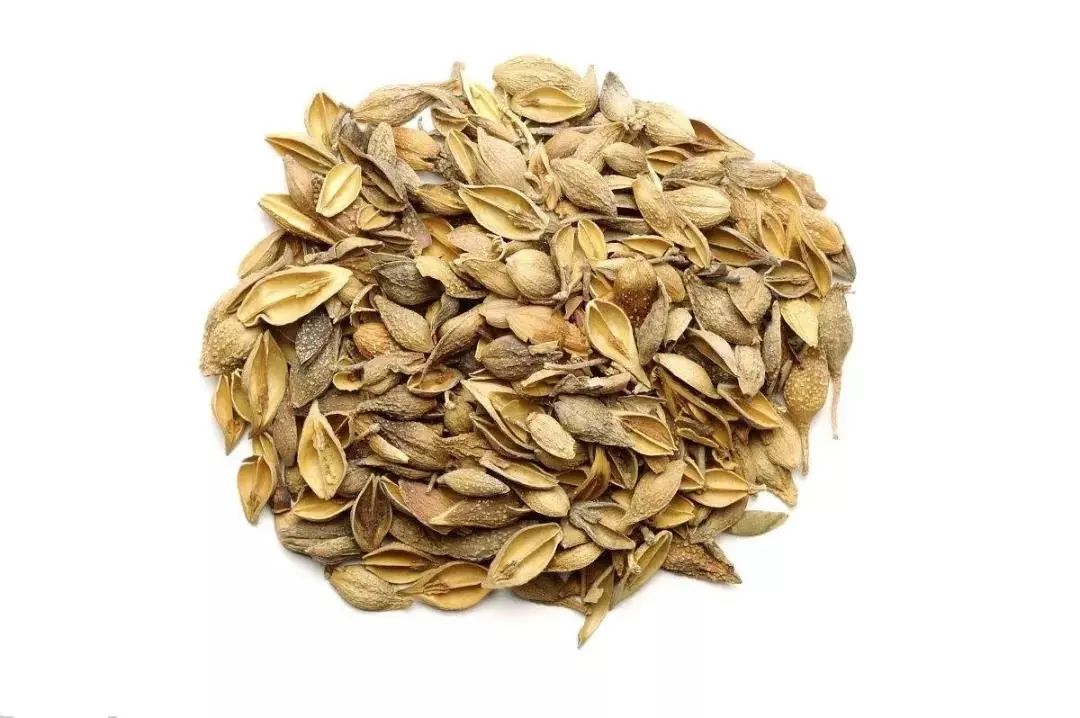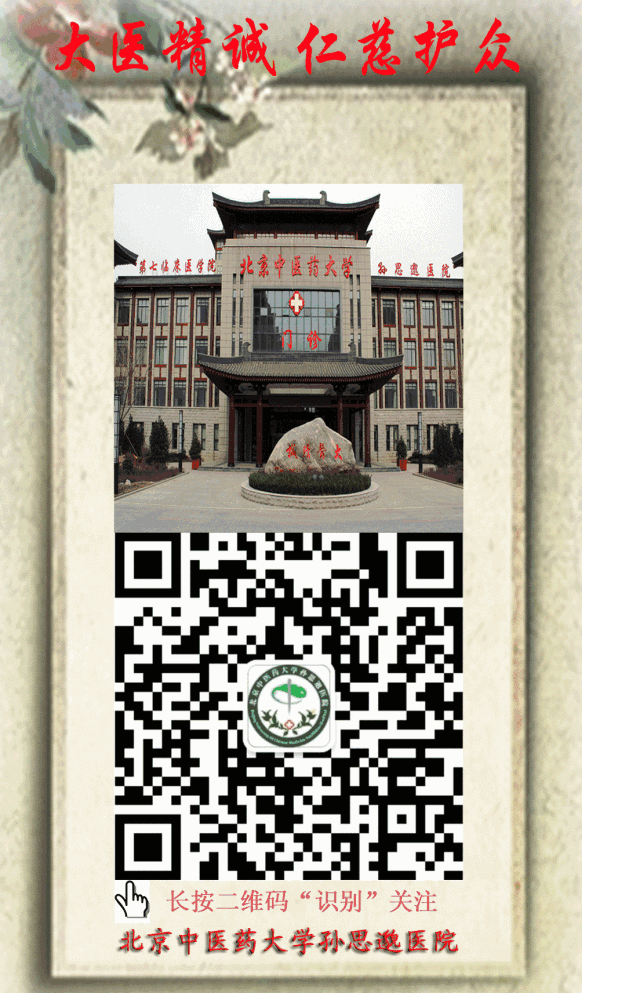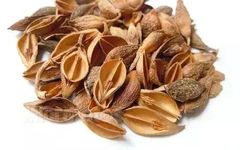Lian Qiao (Forsythia)


Among the clearing heat and detoxifying herbs used for treating warm diseases, Lian Qiao (Forsythia) is often used in conjunction with Jin Yin Hua (Honeysuckle), as seen in formulas like Yin Qiao San (Yin Qiao Powder) and Yin Qiao Bai Hu Tang (Yin Qiao White Tiger Decoction). Although these two herbs have similar effects, they do have distinct differences in practice.Jin Yin Hua is better at dispersing and clearing heat, whileLian Qiao excels in detoxifying and reducing swelling.

Properties and Channels
Bitter, slightly cold. Enters the Lung, Heart, and Small Intestine channels.

Functions
Clears heat and detoxifies, disperses wind-heat, reduces swelling and dissipates nodules, promotes urination.

Characteristics
This herb is known as the “sacred medicine for sores” and is commonly used for treating heat entering the pericardium.

Indications
1. Externally contracted heat diseases, wind-heat exterior syndrome.
2. Abscesses, sores, breast abscess, lung abscess, scrofula with phlegm nodules.
3. Heat strangury with painful urination.

Expert Opinions
Zhang Xichun stated that while many practitioners have not verified its ability to induce sweating, using it for treating externally contracted wind-heat, a dose of one or two liang (30-60g) can definitely induce sweating, and the sweating effect is gentle and prolonged. He once treated a young man with an initial case of wind-heat, using only one liang of Lian Qiao decocted overnight, resulting in a mild sweat, and the next morning the illness was significantly improved.

Dosage and Administration
Internal Use: Decoction, 6-15g; or in pills or powders. Lian Qiao is particularly effective in clearing heart fire.

Precautions
This herb is bitter and slightly cold, thus it is not suitable for those with spleen and stomach deficiency cold or qi deficiency with purulent conditions.

The Story of Lian Qiao
Lian Qiao, whose fruit is a commonly used Chinese medicinal herb, is categorized into Qing Qiao, Huang Qiao, and Shui Zhu Lian Qiao. It has the effects of clearing heat and detoxifying, reducing swelling and dissipating nodules. It is used for abscesses, breast abscess, erysipelas, wind-heat colds, initial stages of warm diseases, heat entering the nutrient level, high fever with thirst, delirium with rashes, and heat strangury with urinary retention.
According to the Compendium of Materia Medica and other medical texts, there are dozens of decoctions, and many folk prescriptions utilizing Lian Qiao. This indicates that Lian Qiao is not only a commonly used medicinal material but also has extensive medicinal value. It is considered an indispensable herb in the treasure trove of Chinese medicine for its ability to release the exterior. Additionally, according to the Tang Dynasty’s Lu Yu in the Tea Classic and related materials, the fruit of Lian Qiao is not only a good exterior-releasing herb, but its leaves can also be made into high-quality tea, which has the effects of clearing heat and detoxifying, improving vision, and preventing diseases, earning it the title of “Longevity Tea.” Speaking of Lian Qiao, there is a little-known story that is passed down in the local folklore.
It is said that around four to five thousand years ago, during a transitional season between winter and spring, a wind-cold disease epidemic spread rapidly in the Tianhe River basin, causing many villagers to lose their lives to this illness. In one family, both parents of a girl named Lian Qiao died during this epidemic. She wiped her tears and decided to go out in search of a good medicine to treat this epidemic. Thus, Lian Qiao set out alone, following the Tianhe River upstream, traversing deep mountains and forests. One day, feeling exhausted and hungry, she suddenly developed a high fever, feeling cold and shivering, and unknowingly fainted by the roadside. At that moment, the celestial maiden, Zhi Nu, passed by and, seeing her condition, used the seeds she carried to place in Lian Qiao’s mouth. In no time, Lian Qiao woke up, her fever subsided, and she felt much better. When Zhi Nu learned the reason, she immediately took out seeds from the heavenly garden and scattered them on the ground, instantly causing golden flowers to bloom all over the mountains, shining brightly. She told Lian Qiao, “In the future, if you encounter this disease, use its fruit for treatment.”
After returning to her hometown, Lian Qiao organized the villagers to plant this medicinal material in large quantities at the source of the Tianhe River and used its fruit to treat and prevent diseases for the people, achieving miraculous results. From then on, the epidemic receded, livestock thrived, the mountains were clear, and the waters were beautiful, benefiting all the people. To commemorate this kind-hearted girl, people later named this medicinal material Lian Qiao and included it in the list of Chinese medicinal herbs.
1
Editor: Social Work Department

Beijing University of Chinese Medicine, Sun Simiao Hospital, South Campus Address: No. 26 Changhong North Road, Xincheng District, Tongchuan City
Contact Number: 0919—8181034
Emergency Number: 0919—8181120
North Campus Address: No. 68 Hongqi Street, Wangyi District, Tongchuan City (Tongchuan City Traditional Chinese Medicine Hospital)
Contact Number: 0919—2151247
Emergency Number: 0919—2150120

